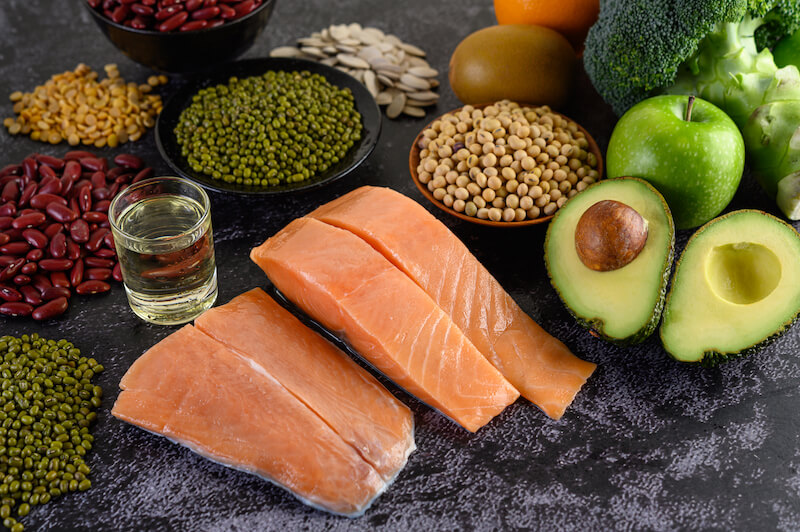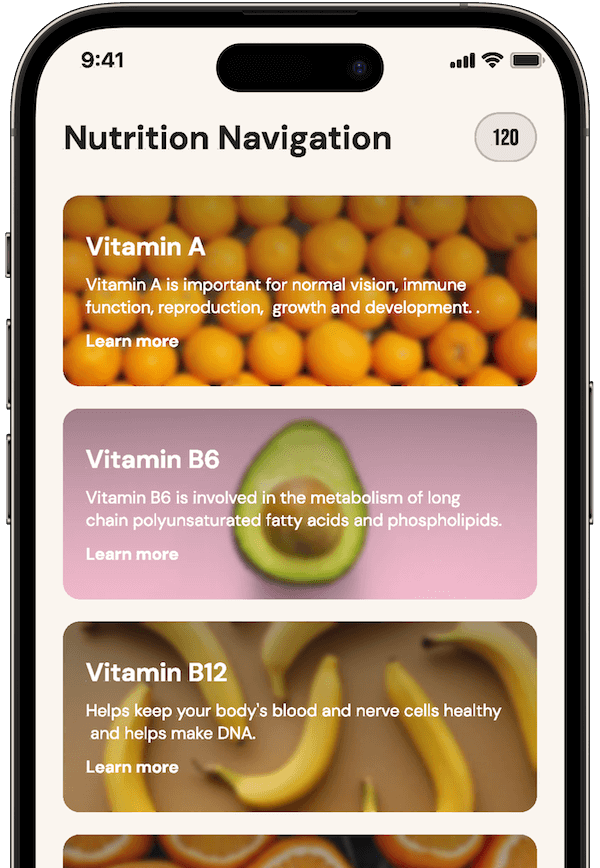Navigating the complexities of adenomyosis has been a significant part of my life. Reflecting on the initial phase of my journey, I recall being engulfed by severe pain and heavy bleeding, desperately searching the internet for clues to my perplexing condition.
Little did I know, oestrogen played a pivotal role in this ordeal. In this article, we’ll explore how this elusive hormone affects adenomyosis and offer practical strategies to manage your symptoms—saving you the frantic searches.
Yes, oestrogen can feed adenomyosis by promoting the growth of endometrial tissue within the uterine muscle. This can happen with both natural oestrogen produced by the body and oestrogen administered through hormone replacement therapy (HRT). Understanding the impact of oestrogen on adenomyosis can help in managing symptoms through dietary and lifestyle changes.
What is Adenomyosis?

Adenomyosis is a gynecological condition where the inner lining of the uterus (endometrium) grows into the muscle layer of the uterus (myometrium). This abnormal growth can lead to symptoms such as heavy menstrual bleeding, severe cramps, chronic pelvic pain, and bloating.
Understanding how adenomyosis affects the body is crucial for managing its symptoms effectively.
How Does Oestrogen Affect Adenomyosis?
What Role Does Estrogen Play in Adenomyosis?
Adenomyosis is a gynaecological condition where the inner lining of the uterus (endometrium) grows into the muscle layer of the uterus (myometrium).
This abnormal growth can lead to symptoms such as heavy menstrual bleeding, severe cramps, chronic pelvic pain, and bloating. Understanding how adenomyosis affects the body is crucial for managing its symptoms effectively.
Common Causes of Increased Oestrogen Levels in Women
Both natural oestrogen produced by the body and oestrogen administered through hormone replacement therapy (HRT) can influence adenomyosis. Here are several reasons why oestrogen levels may increase or change, and how this can impact adenomyosis:
- Menstrual Cycle Fluctuations: Natural oestrogen levels fluctuate with the menstrual cycle, potentially worsening symptoms during periods of high oestrogen.
- Hormone Replacement Therapy (HRT): HRT, often prescribed for menopausal symptoms, can increase oestrogen levels and may exacerbate adenomyosis symptoms if not carefully managed.
- Pregnancy: Pregnancy causes significant increases in oestrogen levels, which can impact adenomyosis symptoms.
- Certain Medications: Some medications, including birth control pills and fertility treatments, can raise oestrogen levels, affecting adenomyosis.
Understanding these factors is crucial for managing adenomyosis effectively, as elevated oestrogen levels can promote the growth of endometrial tissue within the uterine muscle, leading to increased symptoms and severity of the condition.
Why Does Oestrogen Feed Adenomyosis?

The biological mechanism behind oestrogen’s impact on adenomyosis involves the hormone’s ability to promote the growth of endometrial tissue. Oestrogen encourages the thickening of the endometrial lining, and when this tissue invades the uterine muscle, it leads to the painful and heavy bleeding symptoms characteristic of adenomyosis.
Studies have shown that reducing oestrogen levels can help manage and alleviate these symptoms.
How Can You Manage Oestrogen Levels to Control Adenomyosis?
What Nutrtition Changes Can Help Manage Oestrogen Levels?

Managing oestrogen levels through nutrition is a vital part of controlling adenomyosis symptoms. Incorporating foods rich in fibre, such as fruits, vegetables, and whole grains, can help regulate oestrogen levels by promoting its excretion from the body.
Additionally, reducing intake of high-fat and processed foods can prevent the increase of oestrogen levels. The Unprocessed App can be a helpful tool in tracking your nutrition and identifying foods that may trigger symptoms, providing personalised insights to help manage your condition. Join our waitlist here.
What Medical Treatments Help Regulate Oestrogen?
Medical treatments to regulate oestrogen levels include hormonal therapies such as birth control pills, intrauterine devices (IUDs) that release progestin, and gonadotropin-releasing hormone (GnRH) agonists.
These treatments can help reduce the severity of adenomyosis symptoms by lowering oestrogen levels in the body. It’s essential to consult with a healthcare provider to determine the best treatment plan for your specific needs.
What Lifestyle Adjustments Can Help with Adenomyosis?
In addition to dietary changes and medical treatments, lifestyle adjustments can significantly impact the management of adenomyosis. Regular exercise can help balance hormone levels and reduce stress, which in turn can alleviate symptoms.
Stress reduction techniques such as yoga, meditation, and deep breathing exercises can also be beneficial. Prioritising quality sleep is crucial, as poor sleep can worsen symptoms.
FAQs About Oestrogen and Adenomyosis
Can reducing oestrogen naturally help with adenomyosis?
Yes, dietary and lifestyle changes that lower estrogen levels can potentially reduce symptoms of adenomyosis.
Is HRT safe for women with adenomyosis?
It depends on individual circumstances; consult a healthcare provider to discuss the potential effects of hormone replacement therapy on adenomyosis symptoms.
What are non-hormonal treatments for adenomyosis?
Non-hormonal treatment options include pain management, physical therapy, and dietary adjustments.
Can stress influence oestrogen levels and worsen adenomyosis symptoms?
Yes, stress can affect hormone levels, including oestrogen, potentially exacerbating adenomyosis symptoms. Managing stress through relaxation techniques can help.
How does weight gain or obesity affect oestrogen levels and adenomyosis?
Excess body fat can produce additional oestrogen, which may worsen adenomyosis symptoms. Maintaining a healthy weight can help manage oestrogen levels.
Is it possible for adenomyosis to improve after menopause?
Yes, since oestrogen levels naturally decrease after menopause, some women may experience a reduction in adenomyosis symptoms.
Can phytoestrogens in certain foods impact adenomyosis?
Phytoestrogens, found in foods like soy, can mimic estrogen in the body and potentially impact adenomyosis symptoms. Moderating intake of these foods may be beneficial.
How often should someone with adenomyosis have their hormone levels checked?
It’s advisable to consult with a healthcare provider to determine an appropriate schedule for monitoring hormone levels, which may vary based on individual circumstances.
Closing Thoughts

Understanding the link between oestrogen and adenomyosis is crucial for managing this condition. By making informed choices about nutrition, lifestyle, and medical treatments, you can effectively control your symptoms.
The Unprocessed App can assist you in tracking your dietary habits and managing your condition more efficiently. As a qualified nutrition coach certified by the Institute of Integrative Nutrition in New York, I’m here to support you in your journey to better health. Don’t hesitate to seek personalized medical advice to develop a comprehensive management plan tailored to your needs. Join our waitlist for early access.



